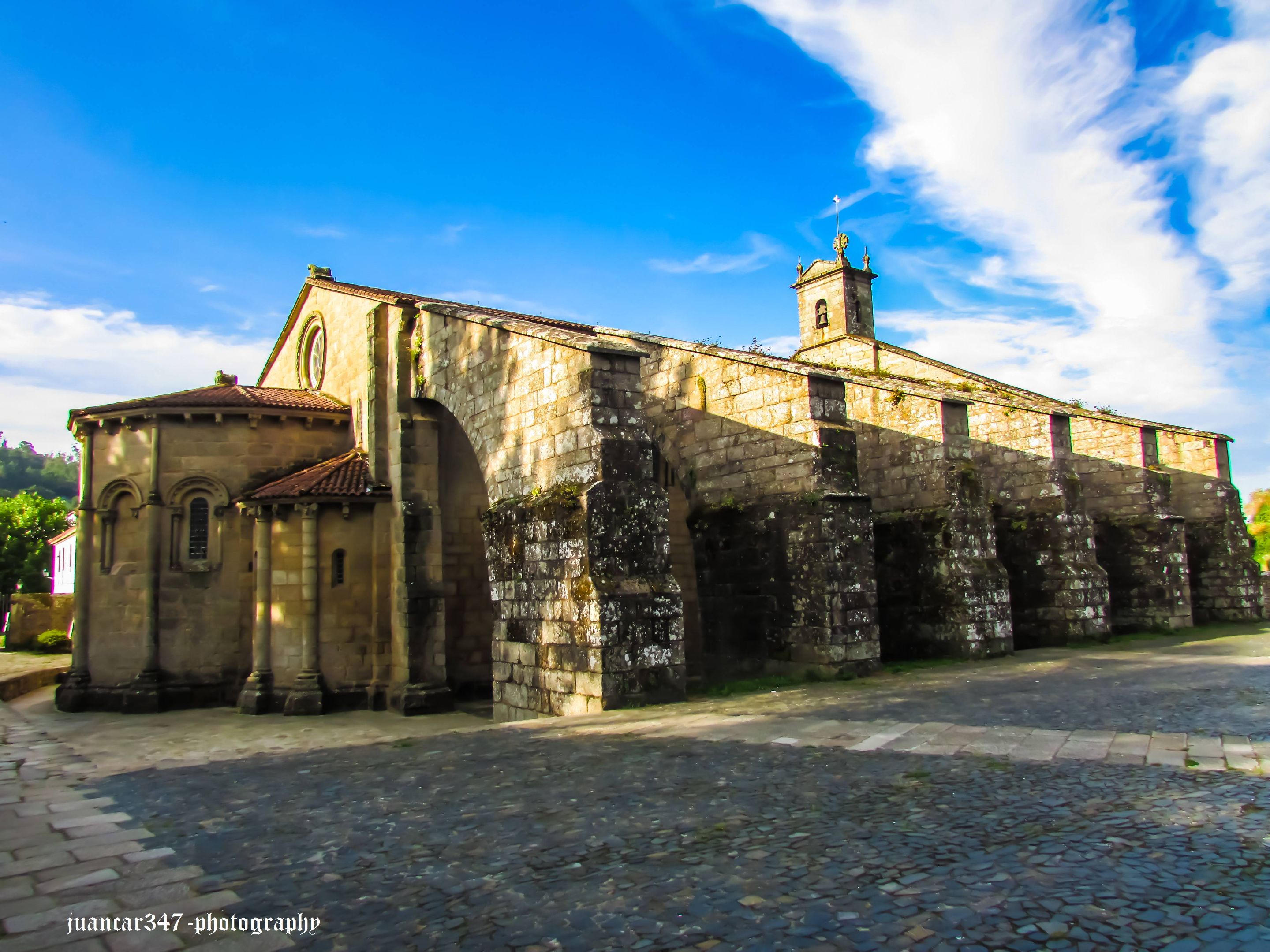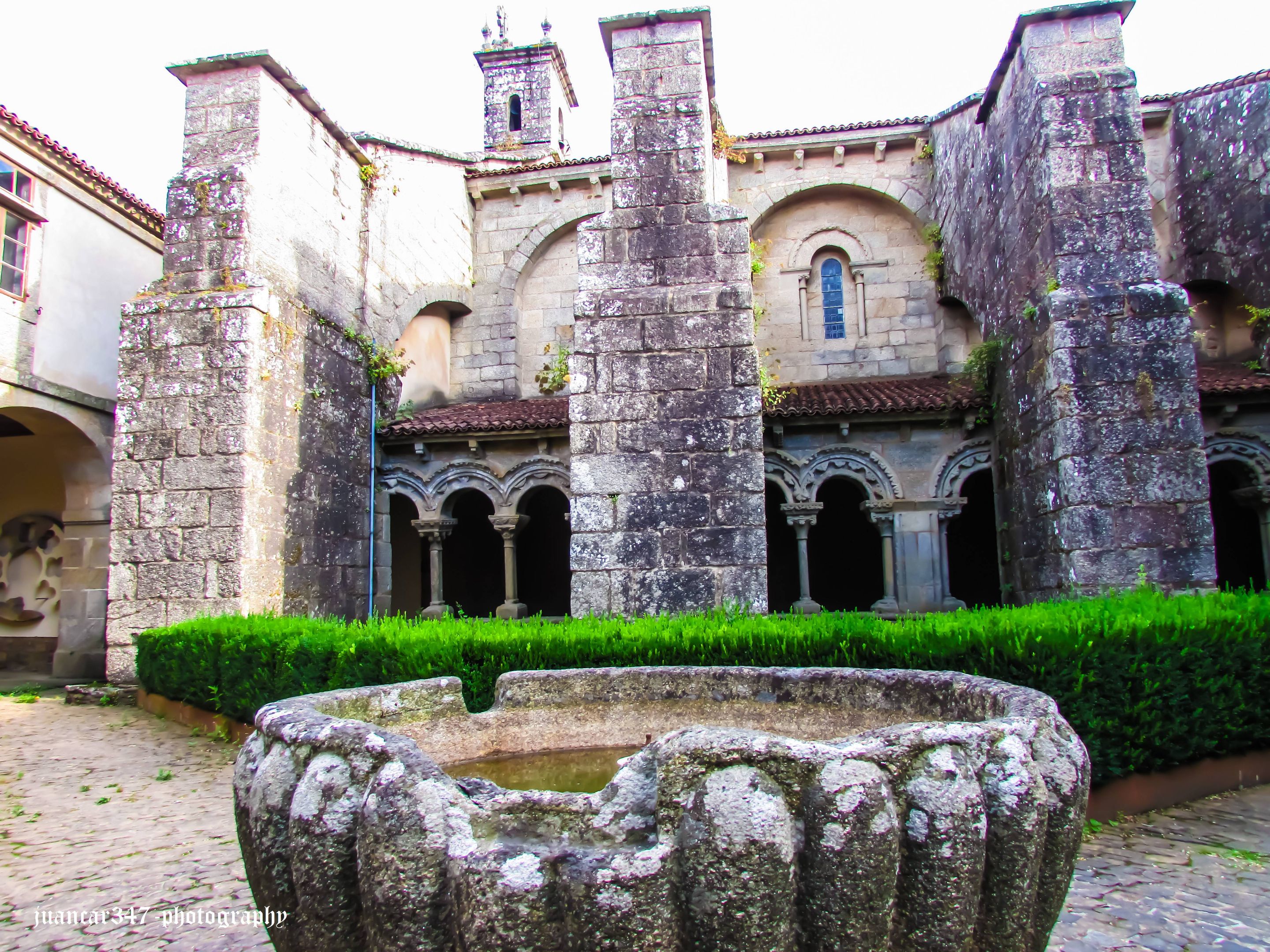
The curious architecture that makes this monumental Compostela collegiate church, Santa María la Real de Sar, one of the most surprising elements of the Romanesque style, both in Galicia and beyond, has always been a mystery. It wouldn't be unreasonable, after all, to suppose that, like the unexpected transformation that took place with the Oviedo church of Santa María del Naranco, perhaps there is some truth to the legend that claims that before it was a temple, it was a palace donated by a powerful woman of pagan origin, like the legendary Queen Lupa of the legend of Saint James, or even like that other mysterious woman who is also at the origin of the no less enigmatic funerary chapel of Santa María de Eunate, located a short distance from that place, Puente la Reina, where the different paths leading to Santiago de Compostela meet.
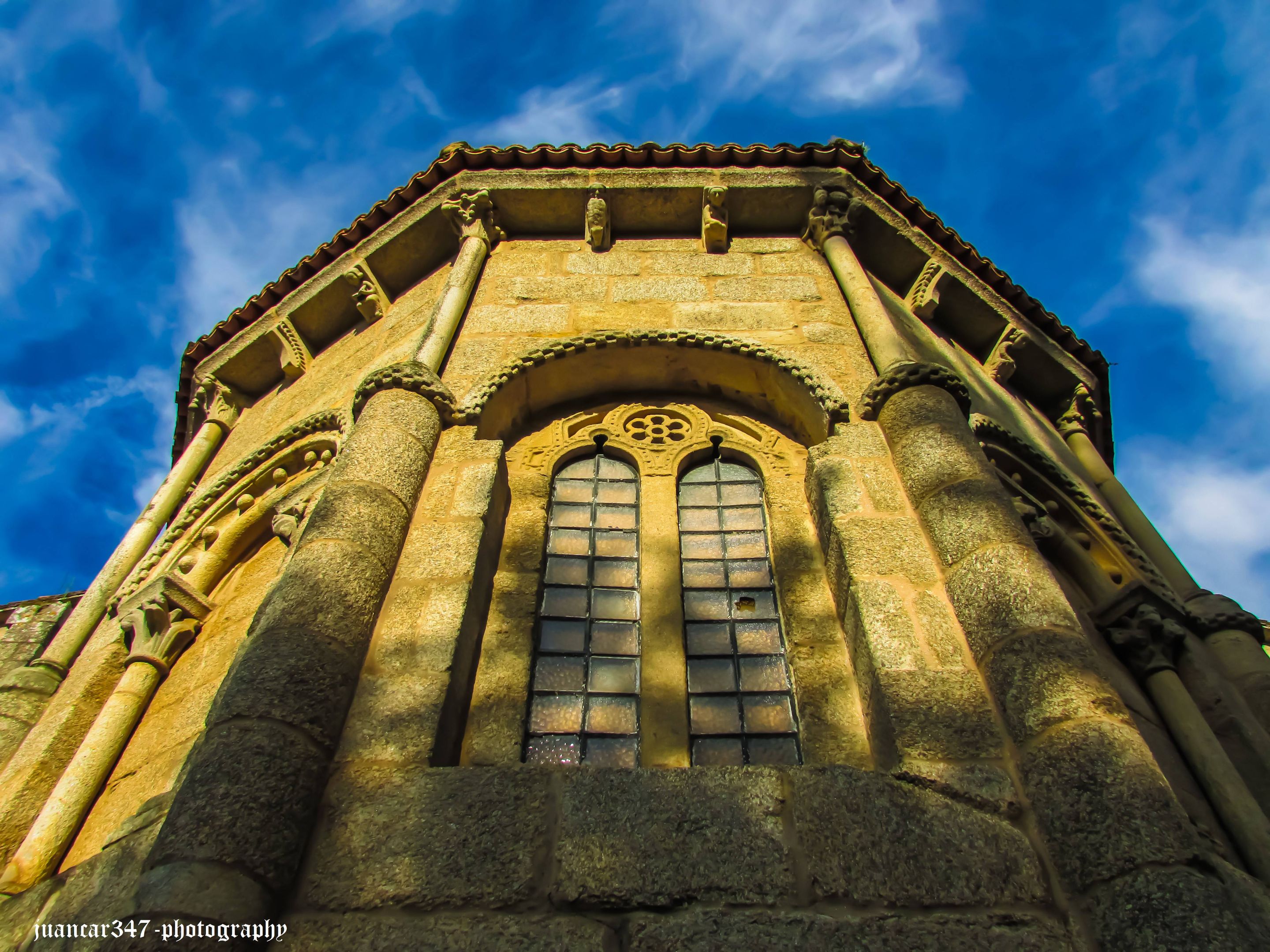
Subjectivities aside, and overcoming the fear that this seemingly fragile Meccano of sacred architecture, whose buttresses give its structure a certain spidery appearance, could end up, at the most unexpected moment, crashing down on our surprised heads, the truth is that we find ourselves before a temple not at all lacking in elegance, accompanied by a small cloister, possibly remodeled in later times although preserving part of the original Romanesque style, ideal, nonetheless, for the meditation of the monks, whether these were Canons Regular of St. Augustine or Knights Templar, as some tradition insists.
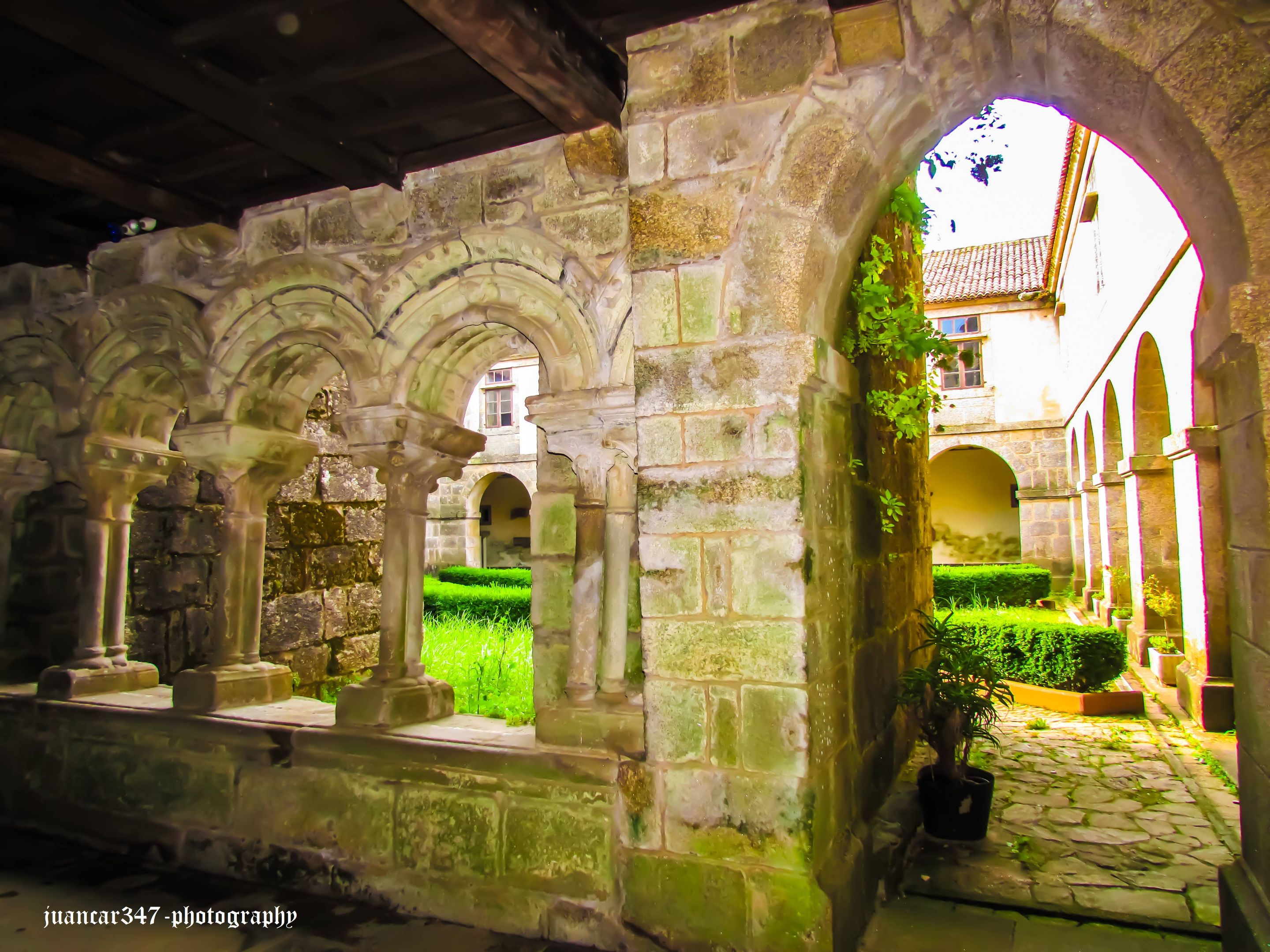
This is precisely another of the great mysteries surrounding this monumental Collegiate Church, always in the shadow of Compostela Cathedral and the marvelous doorways attributed to Masters Matthew and Stephen, especially. Among whose deteriorated and mysterious paintings, we also find another reference to that unique form of transmission of Knowledge, represented by the disconcerting episode of Pentecost. This makes it, in addition to a fabulous time capsule, a place steeped in tradition and mystery, undoubtedly worth visiting, as the prolific writer Juan Eslava Galán would say, at least once in a lifetime.
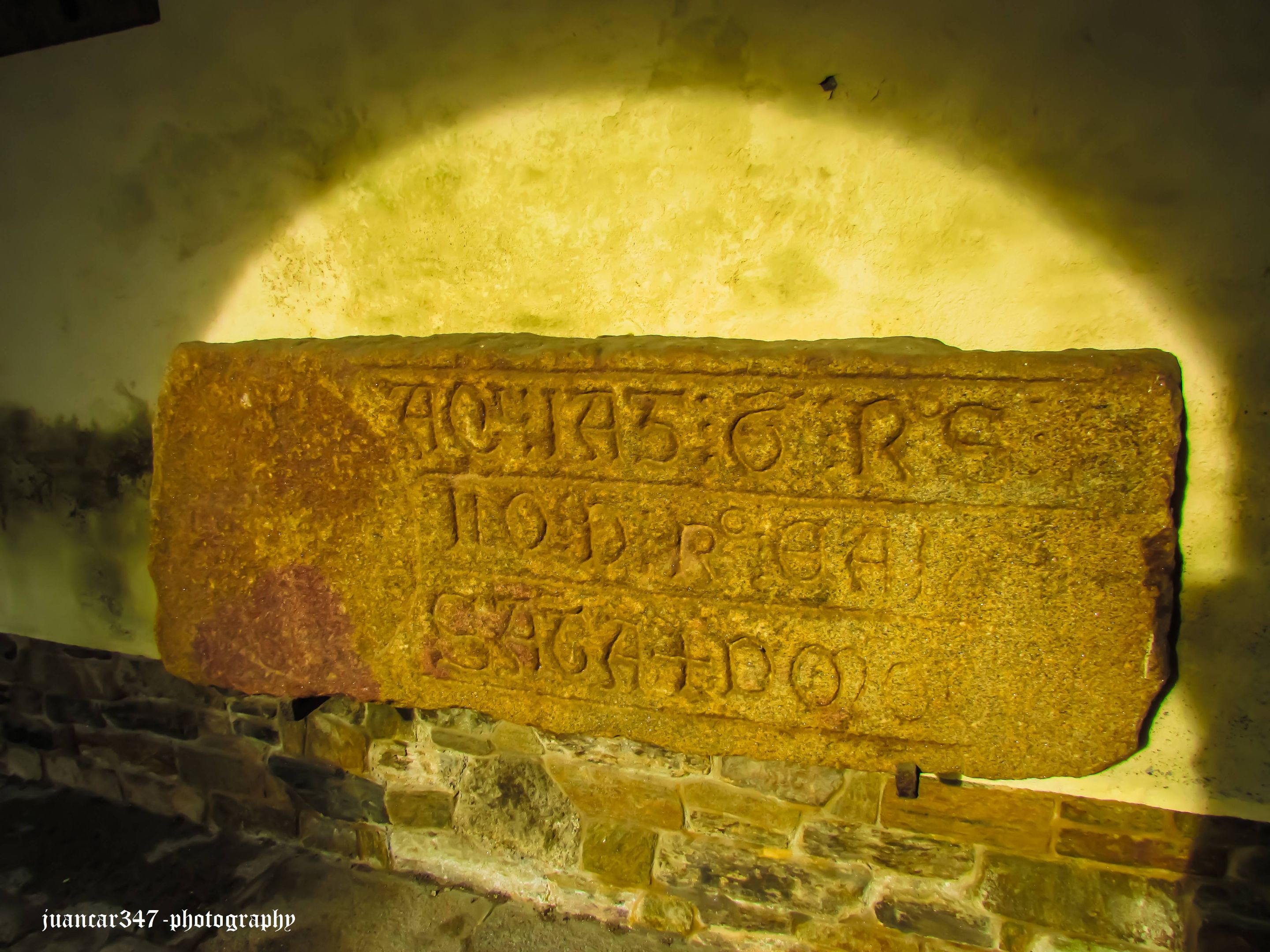
Siempre ha constituido un misterio la curiosa arquitectura que hace de esta monumental Colegiata compostelana, Santa María la Real de Sar, uno de los elementos más sorprendentes del estilo románico, tanto en Galicia, como allende sus fronteras y no sería descabellado, después de todo, suponer, que, como la inesperada transformación que tuvo lugar con la ovetense iglesia de Santa María del Naranco, quizás aquí también exista algún fondo de verdad en la leyenda que asevera que antes de ser un templo, fue un palacio donado por una poderosa mujer de origen pagano, como la legendaria reina Lupa de la leyenda de Santiago o incluso como aquella otra misteriosa mujer que está también en el origen de la no menos enigmática capilla funeraria de Santa María de Eunate, situada a escasa distancia de ese lugar, Puente la Reina, donde se unen los diferentes caminos que se dirigen hacia Santiago de Compostela.
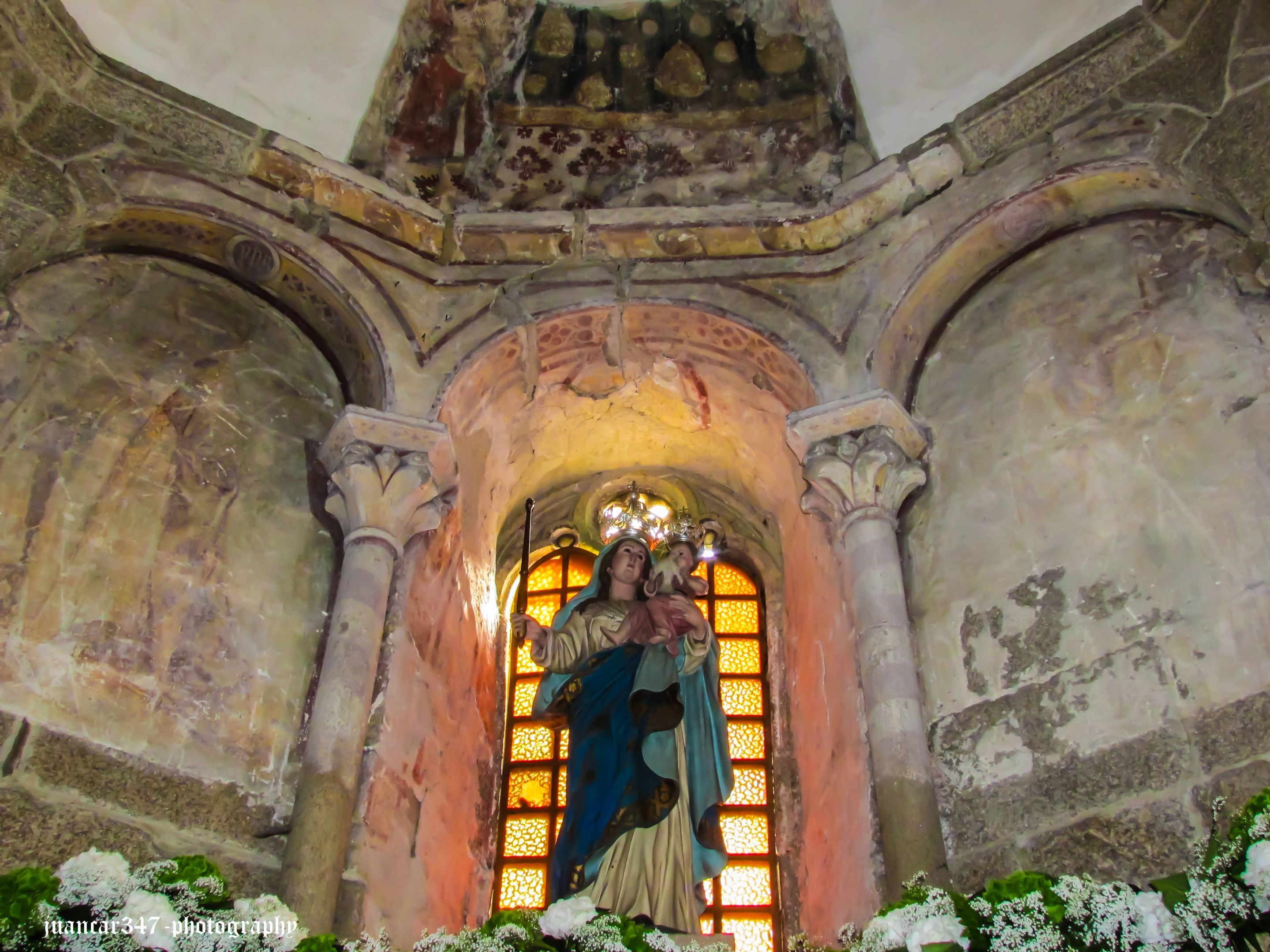
Subjetividades aparte y venciendo al temor de que éste, en apariencia, frágil mecano de arquitectura sacra, cuyos contrafuertes le otorgan un cierto aspecto arácnido a su estructura, pueda terminar, en el momento más inesperado, abatiéndose sobre nuestras sorprendidas cabezas, lo cierto es que nos encontramos frente a un templo no exento, en absoluto, de elegancia, al que acompaña un pequeño claustro, posiblemente remodelado en épocas posteriores aunque conservando parte del original románico, ideal, no obstante, para la meditación de los monjes, fueran estos canónigos regulares de San Agustín o caballeros del Temple, como insiste alguna que otra tradición.
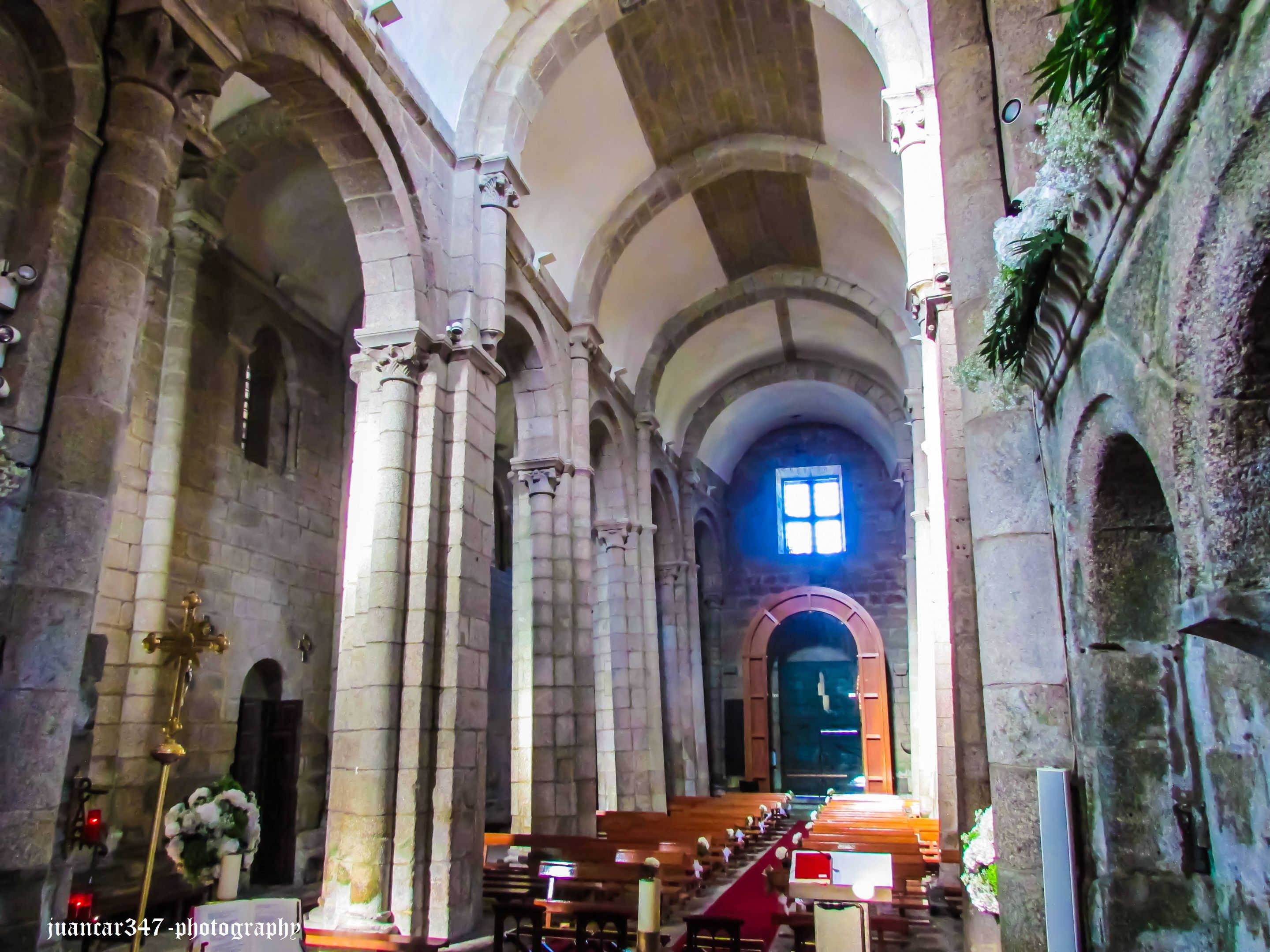
Este es, precisamente, otro de los grandes misterios que acompañan a esta monumental Colegiata, siempre a la sombra de la catedral compostelana y las maravillosas portadas atribuidas a los Maestros Mateo y Esteban, especialmente, entre cuyas deterioradas y misteriosas pinturas además, encontramos otra referencia a esa singular forma de transmisión de Conocimiento, representada por el desconcertante episodio de Pentecostés, lo que hace de ella, además de una fabulosa cápsula del tiempo, un lugar cargado de tradición y misterio, que, sin ninguna duda, merece la pena visitar, como diría el prolífico escritor, Juan Eslava Galán, al menos una vez en la vida.
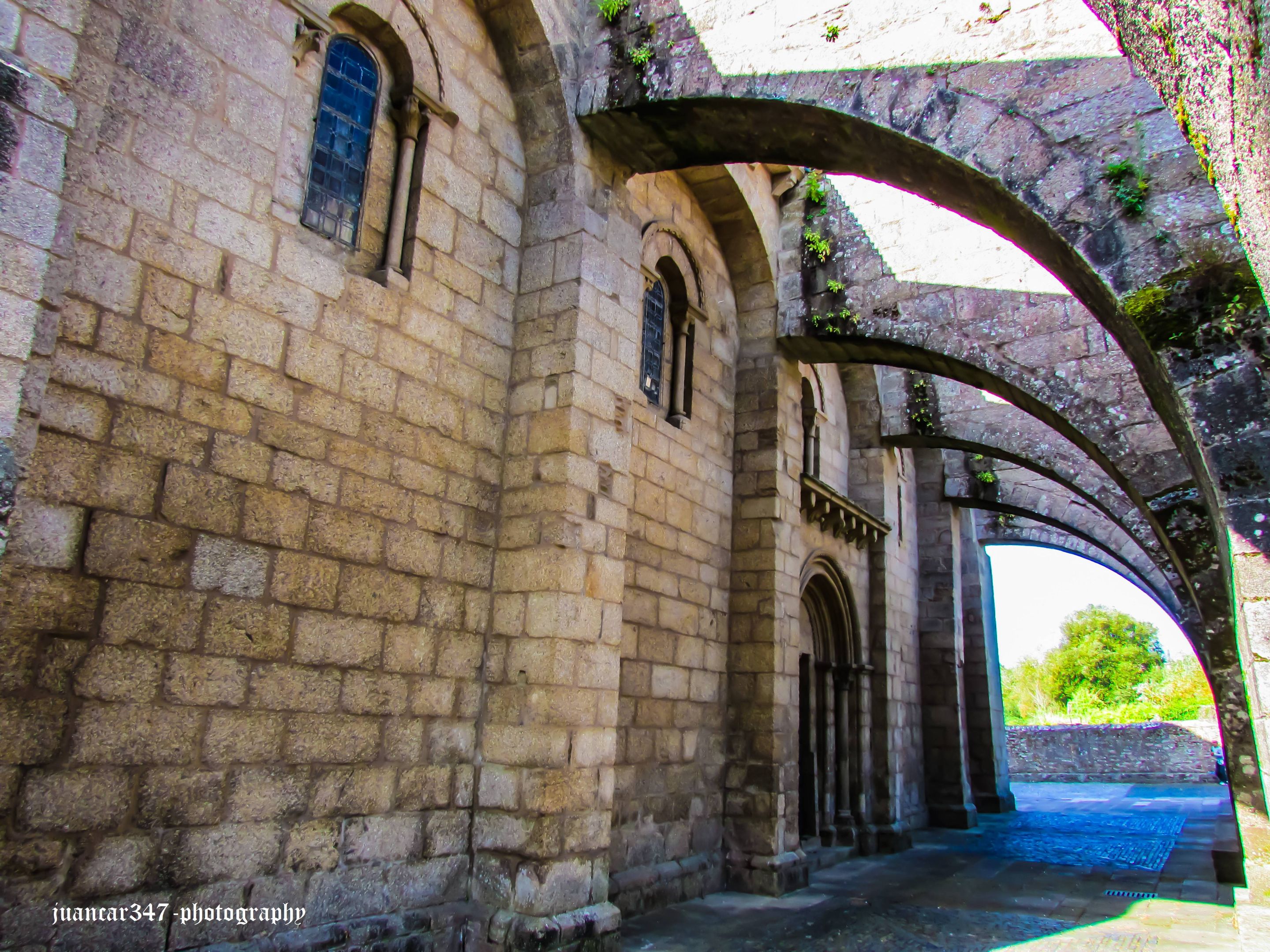
NOTICE: Both the text and the accompanying photographs are my exclusive intellectual property and are therefore subject to my copyright. AVISO: Tanto el texto, como las fotografías que lo acompañan, son de mi exclusiva propiedad intelectual y por lo tanto, están sujetos a mis Derechos de Autor.
